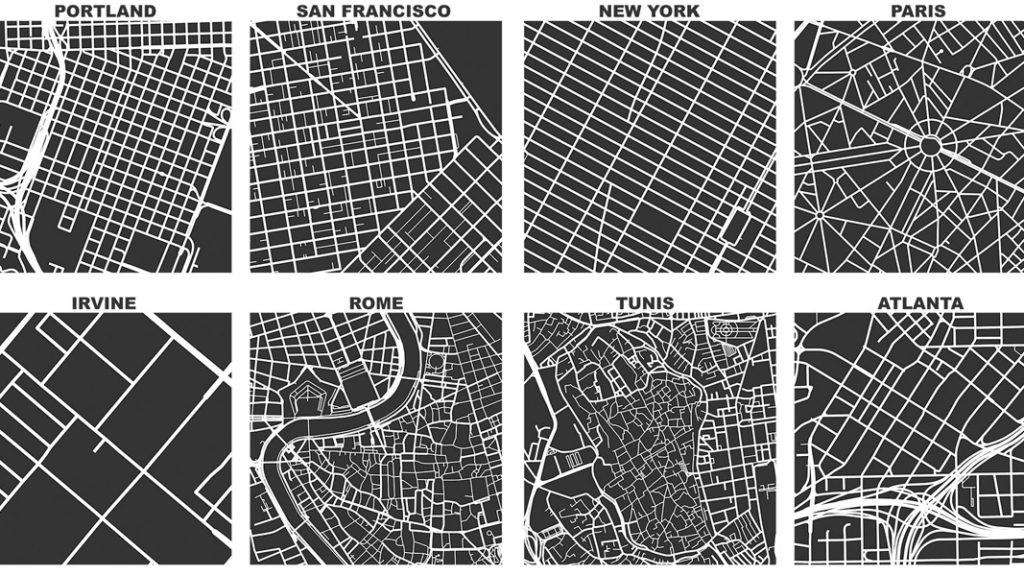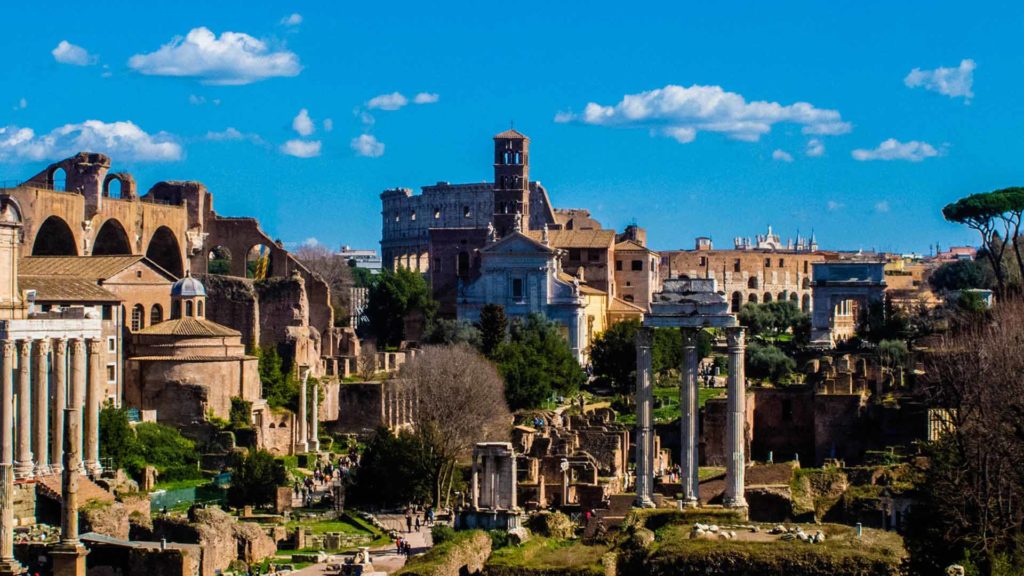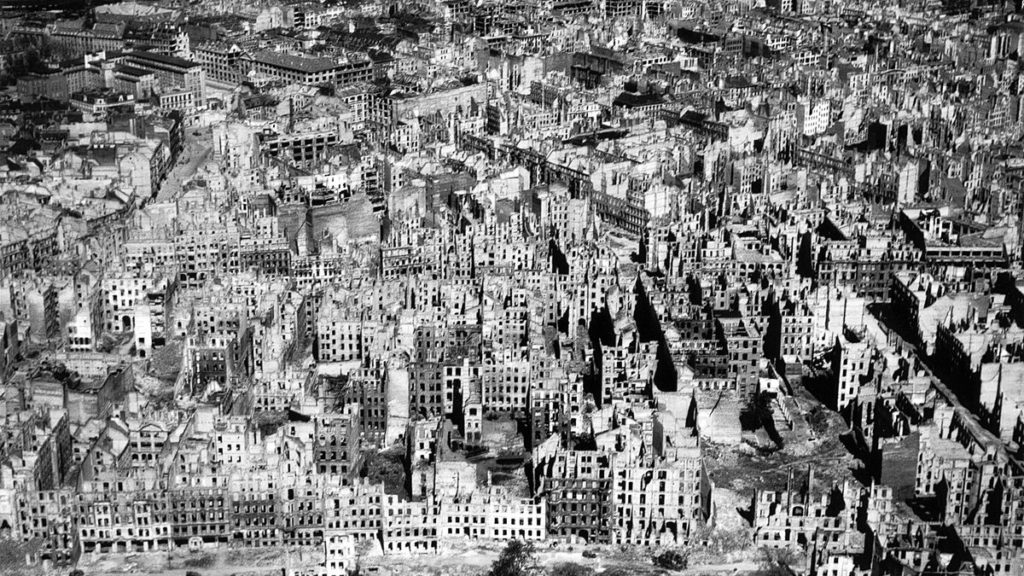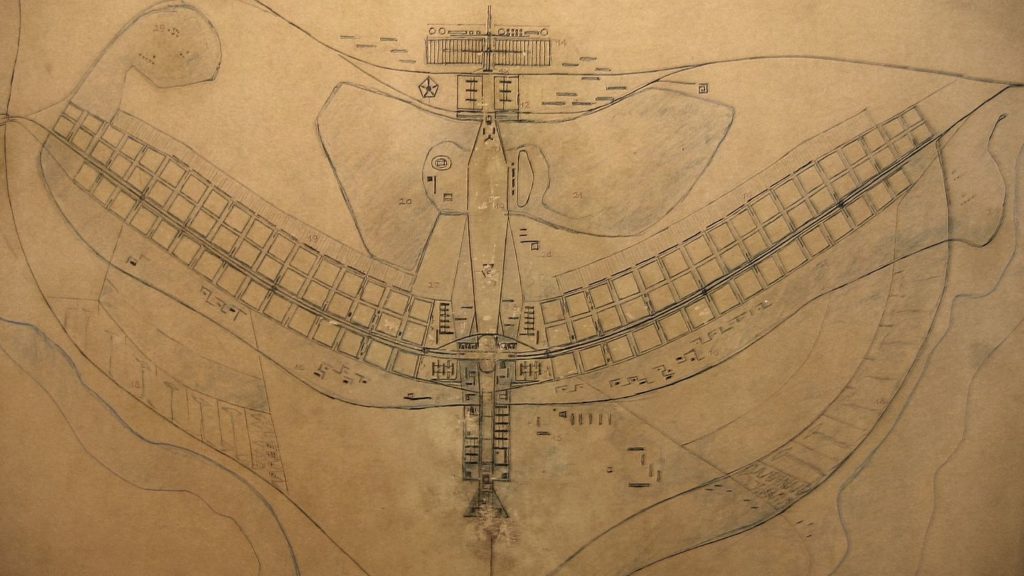Today’s cities are the result of a long and slow stratification in which traces of territorial processes that have already disappeared survive. The city, therefore, is more like a palimpsest than a tabula rasa. The urban body was not erected exclusively from power, the market or ideology. Social agency is projected in the space and time of cities through the memorialization of social practices, turning certain places into memoryscapes. Being under permanent construction, their legacy is manifested through different levels of meanings sedimented in the terrain. From this perspective, cities are also symbolic structures, authentic repositories of memory and cultural inscription that we nowadays tend to conceive of as urban heritage. Their meanings come from their own history and that of their inhabitants. Urban landscapes and experiences play a decisive role in the formation of social and personal imaginaries. Possessing a semantic dimension, cities can be read as texts that, through the built environment, tell us stories about their past and that of their inhabitants. Monuments, statues, museums and places of memory in general, along with less institutionalized practices, such as sporting events and modern popular culture, have been essential devices for the creation and diffusion of identity. As is well known, for Pierre Nora the lieux de mémorie are elements invested with a particular meaning for the self-interpretation of a society. They can be events, people or things, but most often they are spaces. They are symbolic bastions that help to protect identity references that, without some kind of commemorative vigilance, would simply be swept away by history.



